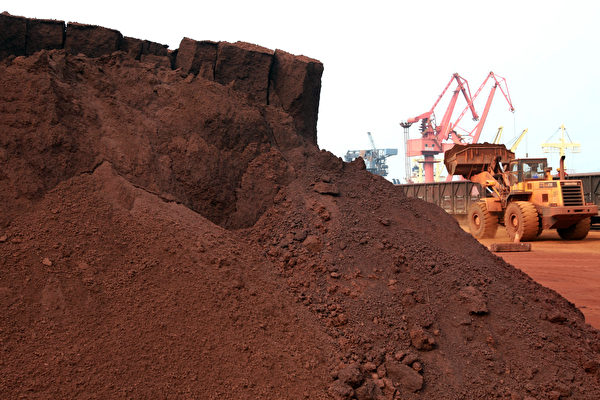With the increasing demand for magnets from electric vehicles and green energy, Brazil is eager to develop its rare earth industry. Western governments are offering incentives to this global mining powerhouse to break China’s monopoly in the rare earth production sector.
Brazil boasts the world’s third-largest rare earth reserves. The country’s advantages include low labor costs, clean energy sources, established regulations, and proximity to end markets, including being home to Latin America’s first magnet factory.
According to Reuters, Brazil’s first rare earth mine, Serre Verde, began commercial production this year. Analysts, mining executives, and investors suggest that with the support of Western government incentives, production will grow, accelerating the development of global rare earth refining and processing industries.
Daniel Morgan from Sydney-based Barrenjoey Investment Bank expressed excitement, stating, “Brazil as a potential rare earth source is a very exciting proposition because significant discoveries have been made in recent years.”
“I do believe that outside of China, projects in Brazil are the most economically viable greenfield projects.”
The US and its allies are heavily reliant on China for rare earth metals and magnets. With disruptions in rare earth supplies due to the COVID-19 pandemic, Western nations are planning to establish independent supply chains by 2027.
According to data from the US Geological Survey, China produced 240,000 tons of rare earths last year, over five times more than the second-largest producer, the United States. China processes around 90% of the world’s rare earths into permanent magnets used in various fields from wind turbines to electric cars and missiles.
Serra Verde expects to reach a production of 5,000 tons this year, with production potentially doubling by 2030. CEO Thras Moraitis told Reuters, “Serra Verde and Brazil have significant competitive advantages that can support the long-term development of the global rare earth industry.”
He highlighted attractive geological conditions, hydropower, established regulations, and skilled labor as factors contributing to Brazil’s advantage over competitors like Australia.
While labor may be cheaper in Brazil, developers face technological obstacles. To stimulate development, the Brazilian government launched a 1 billion reais ($194.53 million) fund in February to fund strategic mineral projects, including rare earths.
The Ministry of Mines and Energy aims to establish an industry that converts these minerals into batteries, wind turbine alloys, and electric motor alloys. Challenges include stimulating production, fostering partnerships to promote element separation technology, and supply chain development.
Brazilian Rare Earths is in the early stages of developing its mining deposits. The large rare earth deposit in the northeast of Brazil has received support from Australia’s wealthiest person, Gina Rinehart.
CEO Bernardo Da Veiga emphasized Brazil’s low operating costs as an advantage compared to competitors like Australia. He noted the significant disparity in earnings between truck drivers in Australia and Brazil, indicating the cost-effectiveness of operating in Brazil.
As the Brazilian rare earth industry gears up, Europe has received encouraging news regarding reducing dependence on China in critical minerals.
On June 6, Rare Earths Norway announced the discovery of Europe’s largest confirmed high-value rare earth element deposit, which can be used in manufacturing electric vehicles and other clean energy technologies.
CNBC reported that as one of the few mining deposits not owned or controlled by China, the discovery of Europe’s largest rare earth deposit is seen as a significant step in Europe’s efforts to break China’s dominant position in rare earths.
According to Reuters, the global rare earth supply chain is undergoing a restructuring, diversifying away from China, the largest rare earth producer.

